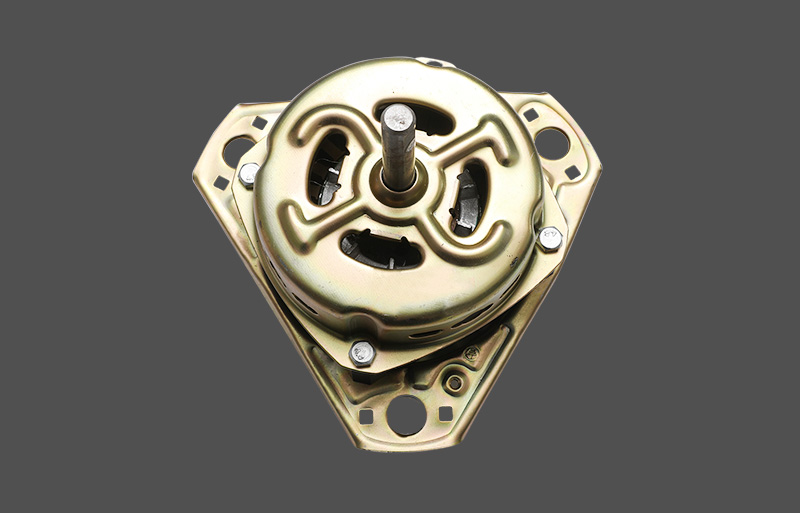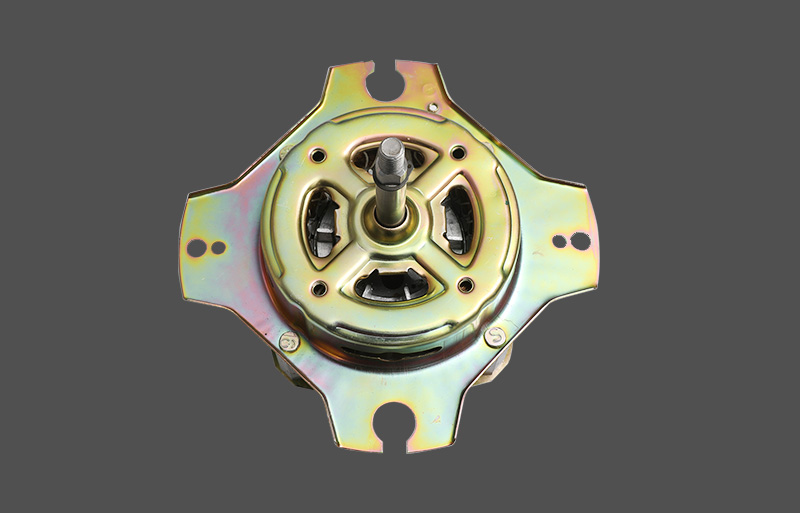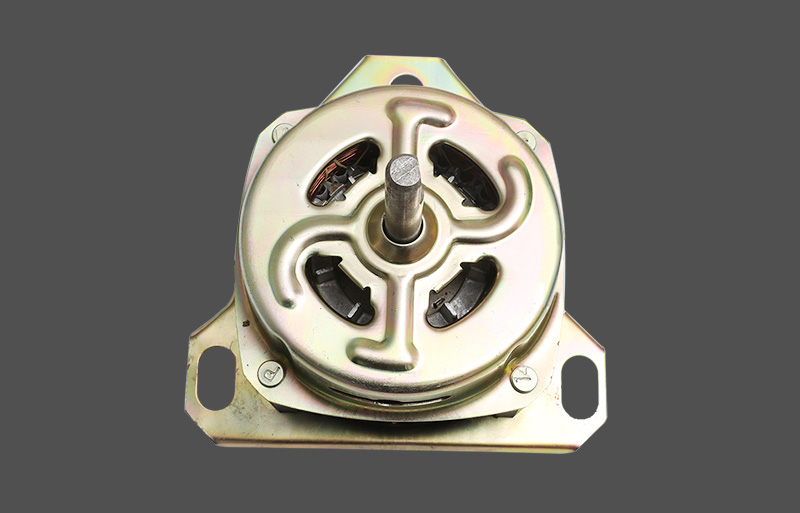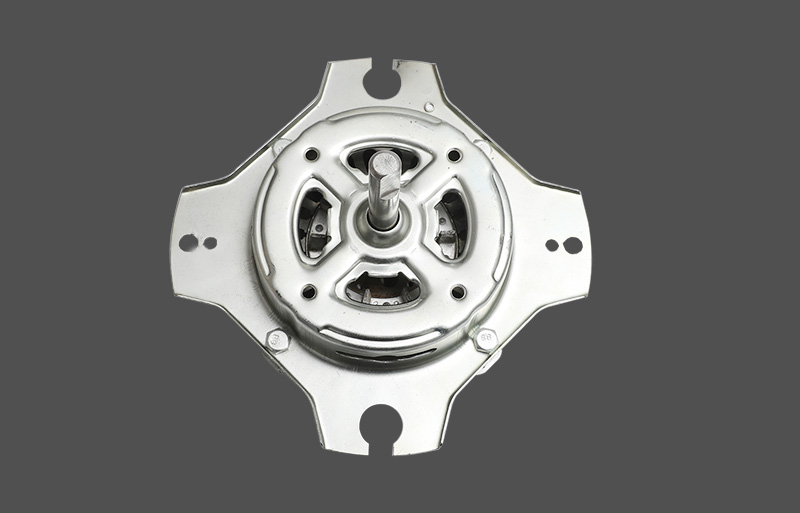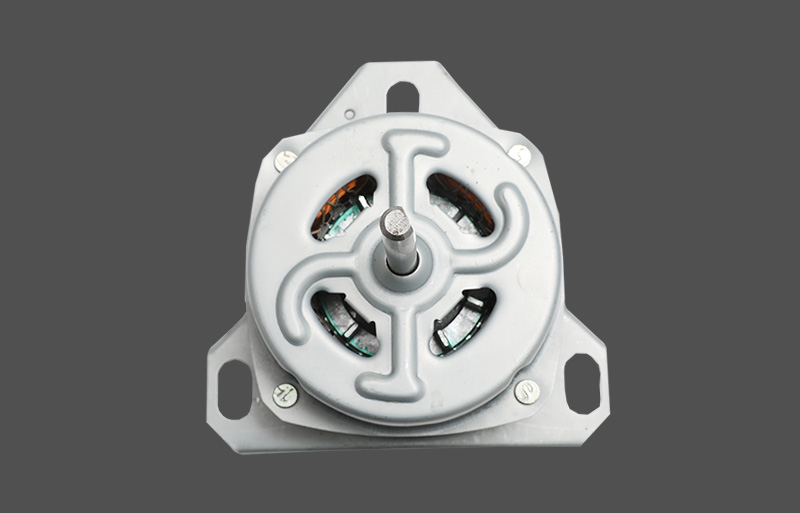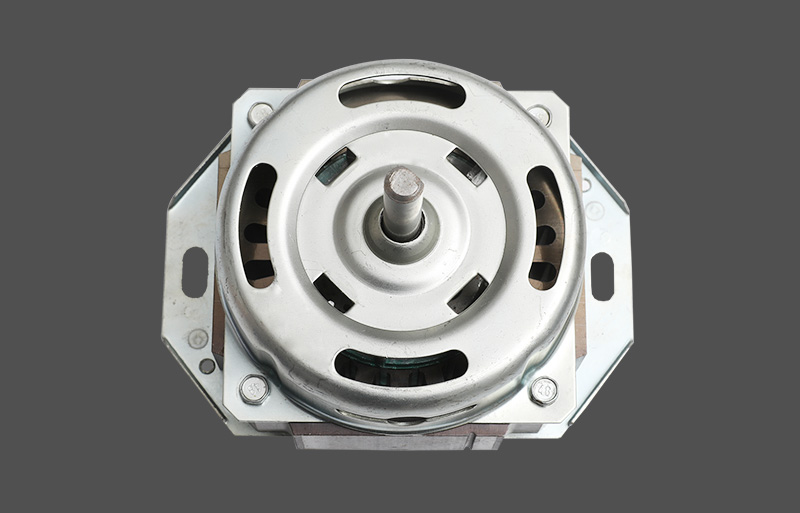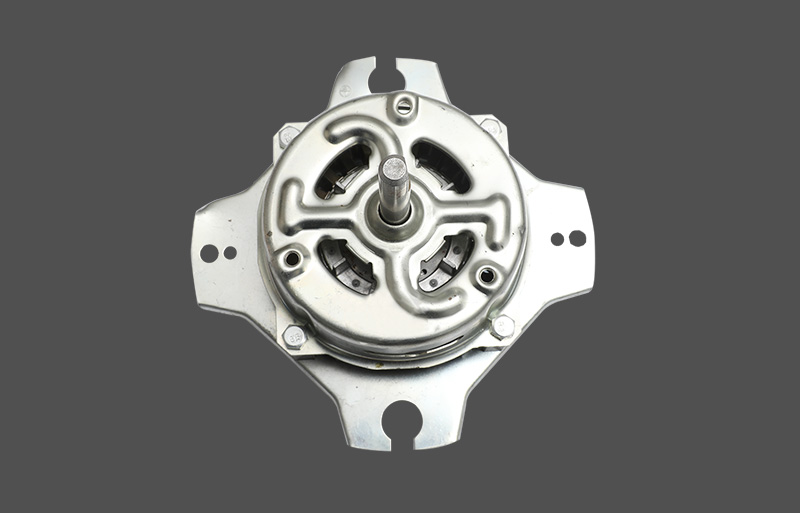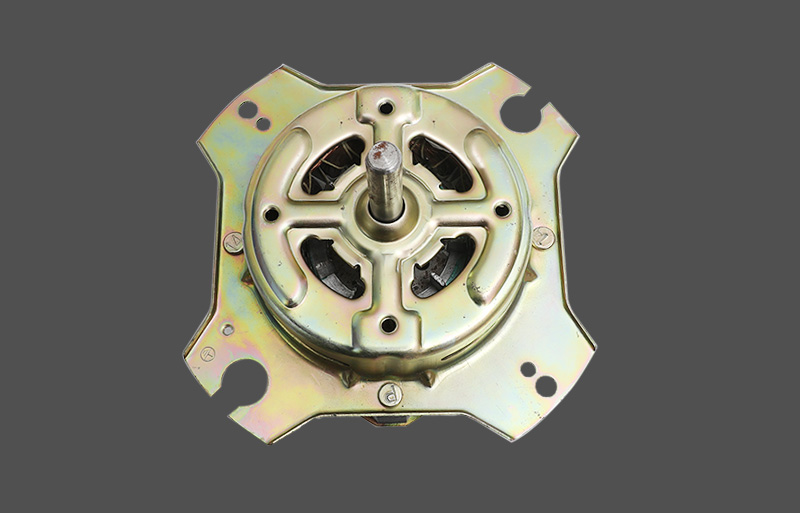The spin motor and its associated components can accumulate dirt, detergent residue, and fabric lint, which can hinder performance and potentially cause damage. To avoid these issues, it is essential to regularly clean the area surrounding the motor. This includes wiping down the motor housing and ensuring there is no buildup of debris that could obstruct airflow or cooling mechanisms. Washing machines often have filters or strainers that capture lint and other particles during the washing cycle. These should be checked and cleaned periodically to ensure that water flows freely and the motor doesn’t overheat due to blocked airflow. If the washing machine has a drain pump, ensure it is free of obstructions like small pieces of fabric or coins, as these can impair the motor’s function.
Inspecting the spin motor and its associated components for wear and tear is crucial for identifying issues early and preventing more severe damage. Key areas to inspect include the motor mounts, belts (if applicable), bearings, and pulleys. For motor-driven units that use belts, a common failure point is the belt itself, which can wear out or stretch over time. A worn belt can reduce the motor's ability to spin efficiently or cause uneven spinning. If your machine uses a direct-drive system with no belts, inspect the motor coupling and check for signs of friction or cracking. Loose, damaged, or worn-out components should be replaced promptly to prevent further motor strain. Additionally, check the connections to the motor for any loose or frayed wires, which could impair the motor’s power supply.
Lubrication plays a key role in reducing friction and ensuring smooth operation of the spin motor. Some washing machine models feature motors or moving components (such as the drum bearings or transmission) that require periodic lubrication to minimize wear. If the motor features mechanical parts that move relative to each other, ensure that they are appropriately lubricated according to the manufacturer's guidelines. It is essential to use the correct type of lubricant, as using the wrong oil or grease can result in motor damage or reduced efficiency. Keep in mind that inverter motors or direct-drive motors, which are used in modern washing machines, typically require less lubrication due to their simpler, less friction-prone designs. However, checking the manufacturer’s manual for specific lubrication requirements for your machine is always recommended.
An unbalanced load places unnecessary stress on the spin motor, leading to increased wear and possible motor failure. It is critical to ensure that laundry is evenly distributed inside the drum before starting the spin cycle. An unbalanced load can cause excessive vibration, leading to issues like motor strain, bearing damage, or even electrical faults. When washing large or bulky items, such as blankets or comforters, try to redistribute the load evenly or wash them separately to maintain balance. Examine the drum's shock absorbers and suspension springs for wear. These components are designed to absorb vibrations and stabilize the drum, reducing the load on the motor. If these parts are damaged or worn, it could lead to an unbalanced spin cycle that stresses the motor and may result in inefficient operation or long-term damage.
Electrical issues are one of the leading causes of washing machine motor malfunctions. Over time, electrical connections to the spin motor can deteriorate or become loose, leading to unreliable performance or complete failure. Periodically check the power supply lines to the motor, as well as the wiring, for visible signs of damage such as fraying, burn marks, or corrosion. Inspect the motor control board (if applicable) for any electrical faults that could disrupt motor function. If voltage fluctuations or surges are common in your area, using a surge protector can help prevent electrical damage to the motor and associated components. Ensure that all connections are secure and that there is no risk of short-circuiting, which could lead to system failures or even pose a fire hazard.




